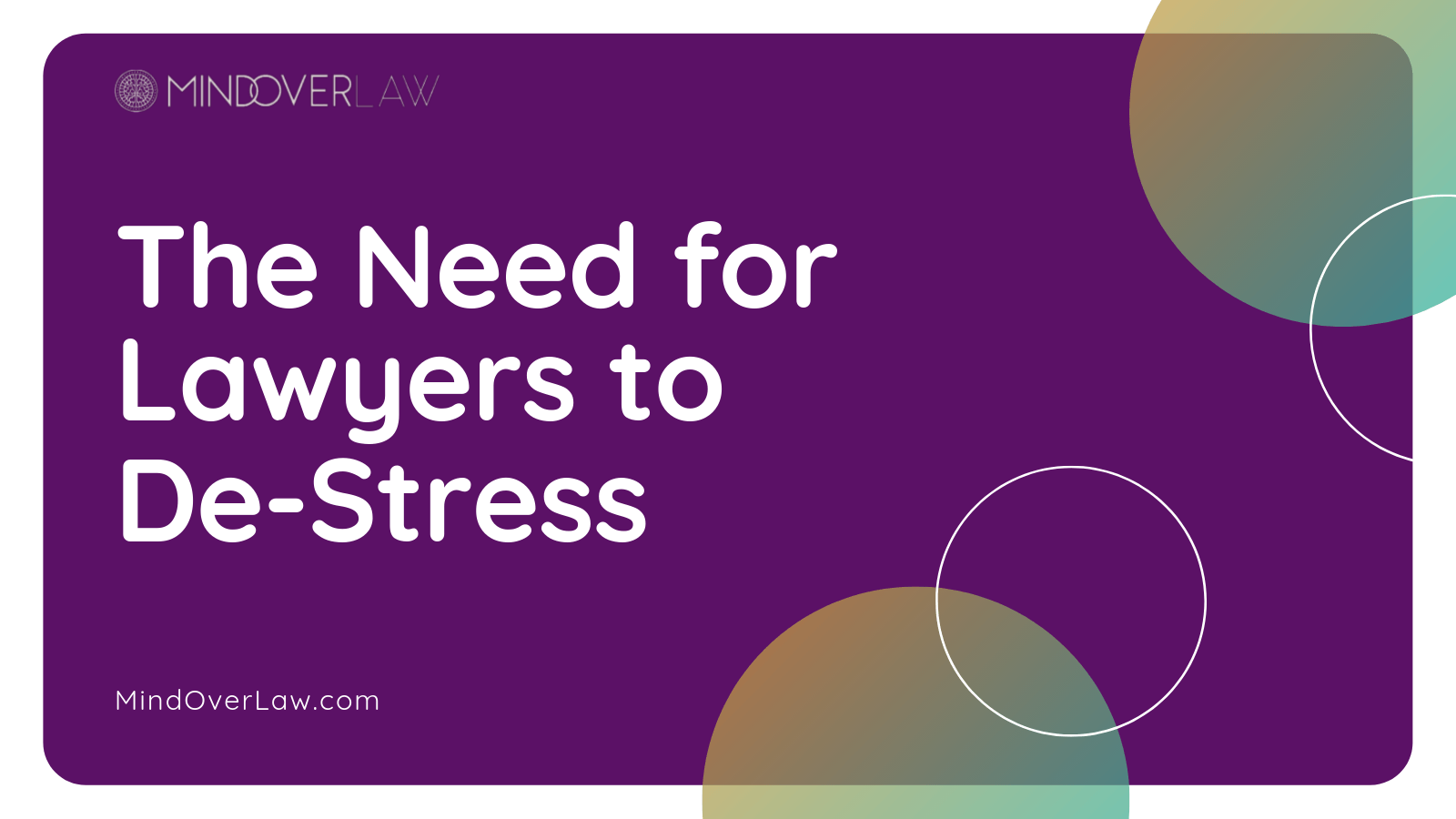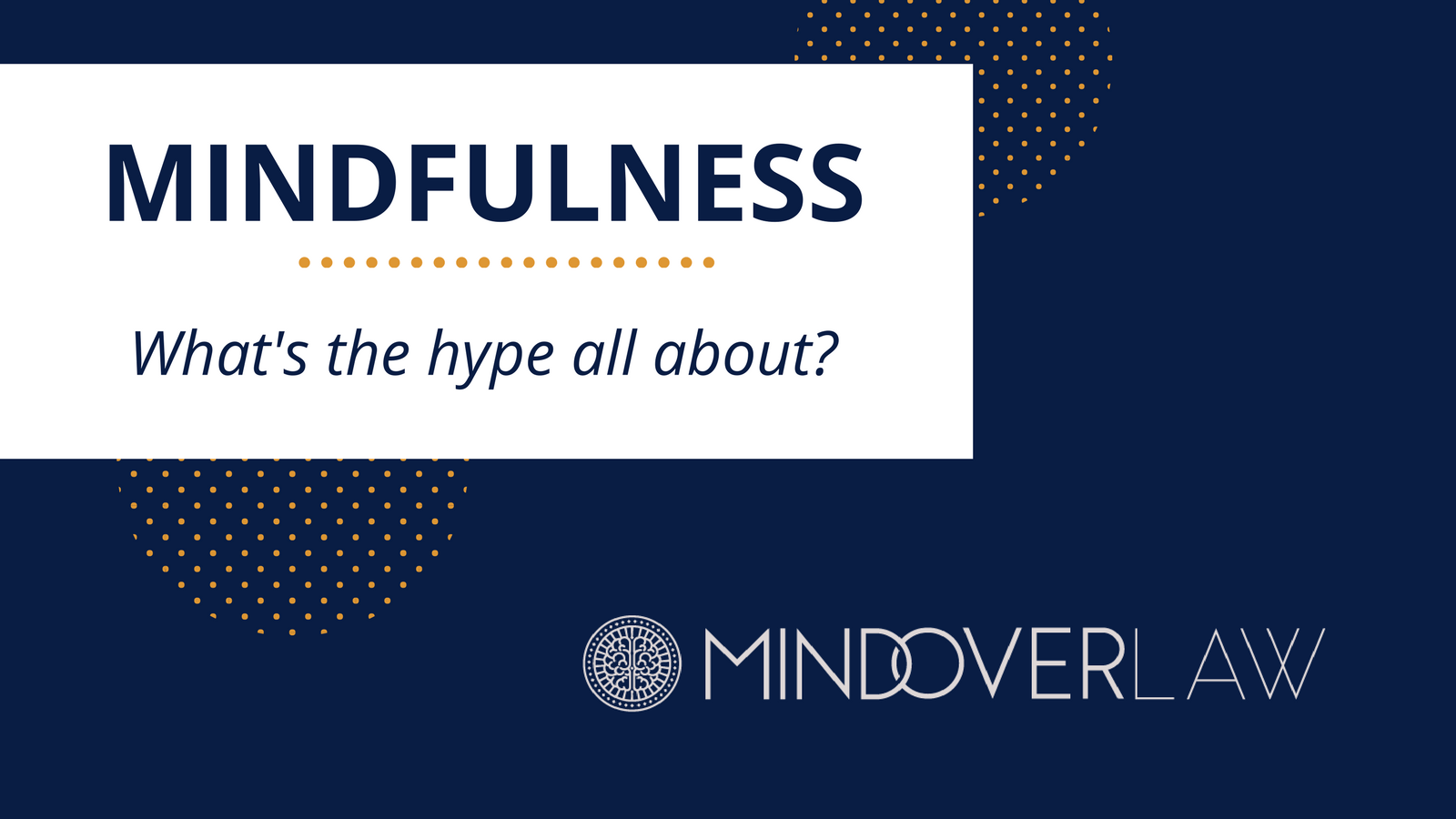Today, when we hear about stress-reduction, the terms “mindfulness”and “meditation” are often involved and used interchangeably. Why?
Because they both have the same benefit of calming the chaotic mind.
But there are differences between the two terms despite their complementary nature and the fact that they often overlap. So, what is the difference?
First, let’s debunk the #1 myth around meditation…
Myth #1: “Meditation and/or mindfulness is about forcing the mind to go blank.”
This is statement is false and is the #1 reason my clients tell me that they can’t meditate. The truth is that your mind will have thoughts involuntarily just as your heart beats involuntarily. Despite the presence of these thoughts, meditation and mindfulness help to reduce the effects of today’s fast paced world and chronic stress. They help nurture the mind and body by falling into a zone that is more replenishing than even sleep.
With that said, back to the difference…
Mindfulness
Mindfulness is the practice of directing the mind to be completely aware of being in the present moment. Mindfulness is about focusing on the present usually by focusing on “some thing”…like breath, a mantra, or an activity. The practice includes using your five senses of sight, smell, touch, and taste to be really aware of what is happening in your outer world in the present moment. It is a way of being actively aware of what you are doing. This practice calms the mind’s anxiety or worry regarding the past and future — tuning the mind to “be here now.” You can employ mindfulness with a “mindfulness meditation” practice where you are keenly aware of your thoughts and your body….being a witness to both, fully present to just observe your thoughts and the body.
Mindfulness can be done at any time in a waking state. Try taking any task and being fully present. For example, if washing the dishes, be aware of the sense of touch: how the water feels on your skin, the temperature of the water, the sensation of a sponge and soap, the sounds of the water running, the dishes clinking, or the sound of your own breath to the smell of soap or the remnants you are washing from the dishes….be fully aware of every sensation.
Meditation
Meditation refers to a variety of terms that encompass the practice of reaching ultimate consciousness and concentration in an effort to increase compassion, love, patience and mindfulness. Ancient meditation focused on spiritual growth and transcending our emotions to live in a present state of calm. Today, meditation is used as a way to reduce stress and improve the function and health of mind and body.
Meditation is focused on your inner consciousness and shifting to a state of inner peace.
Whatever terminology is used, the practices of mindfulness and meditation enrich and support each other. Where mindfulness can be applied to any situation throughout the day, meditation is usually practiced for a specific amount of time. While mindfulness is the awareness of “some thing,” meditation is the shifting to a state of “no-thing.”
Practicing mindfulness helps us to easily shift into a meditative state, and most meditation practices involve some form of mindfulness practice — this can include beginning with a mindfulness of thoughts, the breath, and the body and using awareness to release tension of body.
In this 7 day meditation challenge, we use mindfulness techniques to quickly move into a meditative state that allows the body and mind to quickly replenish while tapping into deep states of compassion, love, and gratitude.


